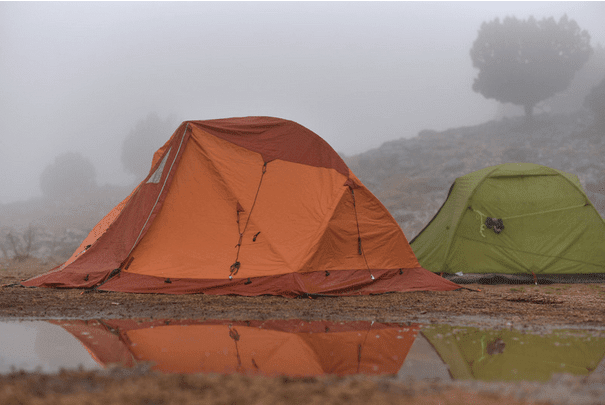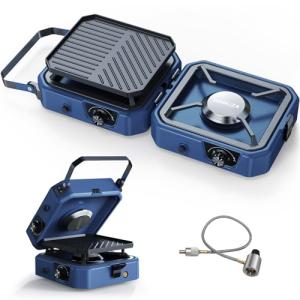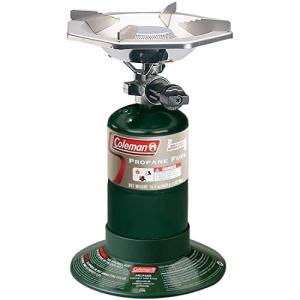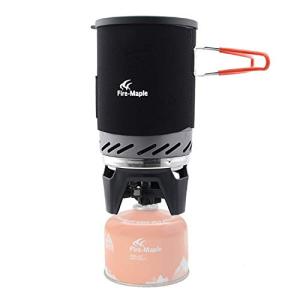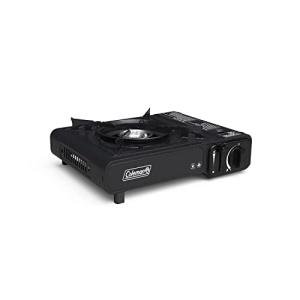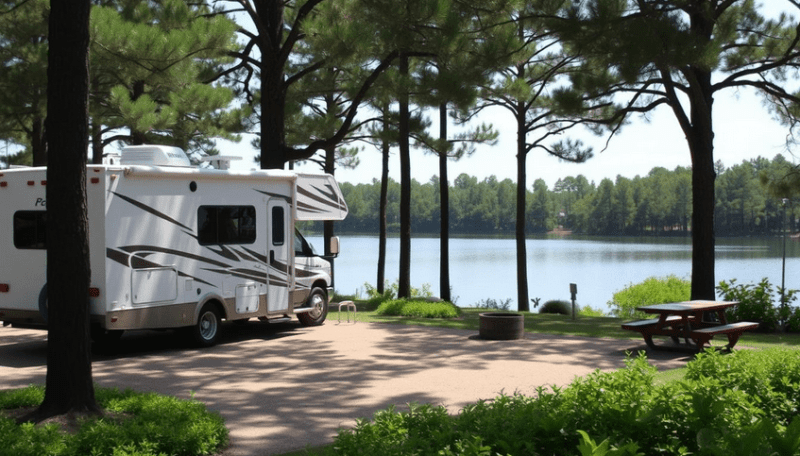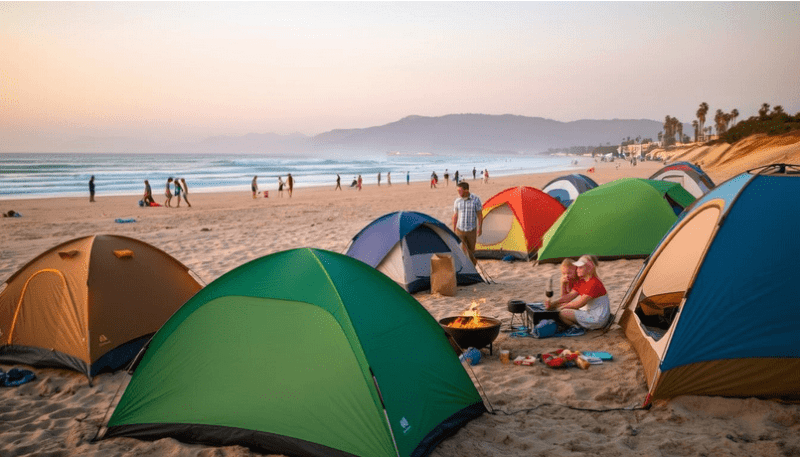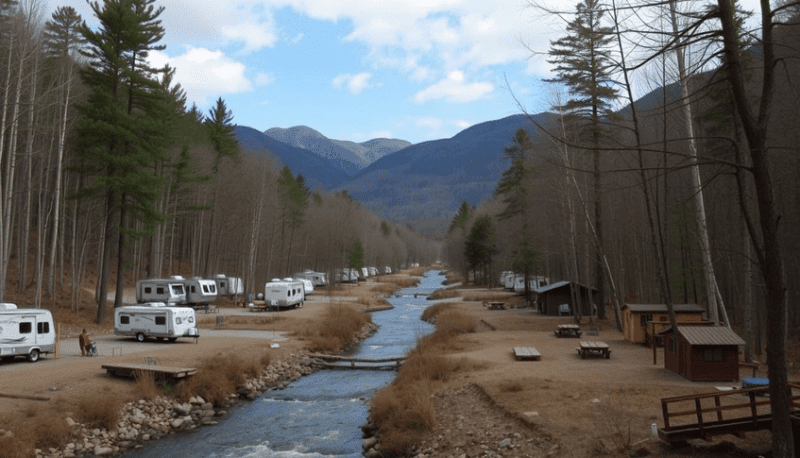Rainy days don’t have to ruin a camping trip. With the right preparation and mindset, campers can have a fun and memorable experience even in wet weather.
Knowing how to stay dry and keep spirits high can transform a gloomy day into an adventure.

To enjoy the outdoors when the rain is falling, it's important to plan ahead.
Packing essential gear, selecting the right campsite, and dressing in suitable clothing are key steps to ensure comfort.
Finding ways to stay entertained while sheltering from the rain can also enhance the experience.
Embracing the unique charm of rainy camping can lead to unexpected joys. While the rain might dampen some activities, it creates a different atmosphere that can be refreshing and peaceful.
With the right tips and tricks, anyone can turn a rainy day into a delightful outdoor experience.
Key Takeaways
- Proper planning makes rainy camping enjoyable.
- The right clothing keeps campers dry and comfortable.
- Engaging activities can enhance the rainy camping experience.
Planning Your Trip
Planning a camping trip on a rainy day requires careful thought.
Choosing the right campsite, understanding weather patterns, and packing the essentials can make the experience enjoyable and comfortable.
Selecting the Right Campsite
Choosing the right campsite is crucial for a rainy day. Look for locations that are elevated to avoid water pooling.
Flat ground is best to set up a tent and help water run off.
Considerations for campsites:
- Proximity to water sources
- Natural windbreaks like trees or hills
- Campsite drainage features
Avoid areas near rivers or streams that can flood during heavy rain.
Check if the site has a shelter or communal area to stay dry. This choice can greatly affect comfort during the trip.
Understanding Weather Patterns
Knowing how to read weather patterns adds safety to the trip.
Use weather apps, forecasts, or local weather stations for updates.
Rain can vary from light showers to heavy downpours, and timing is important.
Key weather terms to know:
- Precipitation: Any form of water, such as rain or snow
- Humidity: The amount of moisture in the air
- Barometric pressure: Changes often indicate weather changes
Check predictions before heading out. Understanding local weather helps in making informed decisions about outdoor activities and safety measures.
Packing Essentials for Rainy Conditions
Packing for rain is vital to stay dry. Gather items that protect against moisture and keep gear organized.
Important items to include:
- Waterproof tent: Ensure it has a rainfly for added protection.
- High-quality rain gear: A durable rain jacket and waterproof pants are essential.
- Dry bags: Protect clothes and food from getting wet.
- Portable tarps: These can create a dry area for cooking or relaxing.
Be sure to include extra clothes and blankets. Layering clothes allows for comfort while being prepared for changing weather.
Always check gear to prevent leaks or damage before the trip.
Setting Up Camp

Setting up camp in the rain requires careful planning. Choosing the right site and rainproofing the shelter are key to a comfortable experience.
Choosing and Preparing Your Tent Site
Selecting a tent site is critical. Look for high ground to avoid water pooling.
Avoid areas near rivers or streams where water could rise.
Inspect the ground for anything sharp or uneven. Clear away rocks, sticks, or debris. A flat surface helps in setting up the tent easily.
Consider wind direction as well. It’s best to position the tent entrance away from the wind. This setup minimizes rain entering the tent.
Look for natural windbreaks like trees or bushes. These can provide extra protection from heavy rain and gusts.
Rainproofing Your Shelter
To keep the tent dry, proper rainproofing is essential.
First, check the tent's waterproof rating. Use a tarp for added protection.
Secure the tarp over the tent, ensuring it covers the top and extends to the ground. This prevents water from dripping inside. Tie it down firmly to withstand wind.
Additionally, check seams and zippers. Apply seam sealer if needed. This prevents leaks during heavy rain.
Using a tent footprint can also help. Place it underneath the tent to shield from moisture and ground water.
Finally, consider using waterproof bags or containers for gear inside the tent. This keeps personal items safe and dry.
Dressing for the Weather

Staying dry and comfortable while camping in the rain is essential. Choosing the right clothing makes a big difference in enjoying the experience.
Waterproof and Breathable Apparel
Choosing the right outer layer is crucial.
Waterproof jackets help keep a person dry while allowing moisture from the body to escape.
Look for jackets with breathable fabrics, such as Gore-Tex or similar materials, to prevent overheating.
Rain pants are also important. They should fit well over regular pants and provide a barrier against wet conditions.
Additionally, a wide-brimmed hat can keep rain off the face and neck.
Footwear plays a big role too. Waterproof boots or shoes with good traction help prevent slips and keep feet dry.
Consider using moisture-wicking socks to stay comfortable during long hikes.
Layering Techniques for Warmth and Dryness
Layering clothes is a smart way to stay warm and dry.
Start with a moisture-wicking base layer. This layer pulls sweat away from the skin, which helps keep the body warm. Fabrics like polyester or merino wool are great choices.
Next, add an insulating layer like fleece or down. This layer traps heat and keeps the body warm. If it gets too warm, layers can be removed easily.
Finally, finish with a waterproof outer layer. This strategy allows for quick adjustments based on changing weather conditions.
Keeping these layering techniques in mind ensures comfort and warmth while camping in rainy weather.
Staying Active and Engaged

Rainy days can offer unique camping experiences. Having the right activities in mind can keep everyone active and engaged despite the weather. Here are some suggestions to enhance the camping experience even on a wet day.
Rain-Friendly Activities
Finding fun activities is key to a successful rainy day. Here are some ideas:
-
Nature Walks: Dress in waterproof gear and explore nearby trails. The forest may look different in the rain, and wildlife might be more active.
-
Crafts: Use natural materials like leaves, sticks, and stones to create art. This can be a creative way to connect with nature.
-
Board Games: Bring along portable games that everyone can enjoy together. Playing games can improve team spirit.
-
Cooking Together: Prepare meals as a group. This can be a fun way to bond while learning new recipes that suit the camping experience.
Keeping Spirits High
Staying positive is important during rainy weather. Here are some strategies:
-
Share Stories: Gather around the campfire (if safe) and share funny or spooky stories. This can create a warm atmosphere despite the cold.
-
Play Music: If someone has a portable speaker or instrument, playing music can lift moods and encourage singing along.
-
Set Goals: Create mini challenges like a scavenger hunt. Completing tasks can give a sense of achievement and focus.
-
Stay Warm and Dry: Make sure to have proper gear. Keeping comfortable will help everyone enjoy activities more and feel better overall.
Health and Safety Precautions

Staying safe and healthy while camping in the rain is essential. This involves being careful on wet surfaces and knowing how to prevent hypothermia. These tips help ensure a safe and enjoyable camping trip.
Navigating Slippery Surfaces
Wet surfaces can be dangerous. Campers must be cautious when walking on trails, rocks, or other areas that might be slick from rain.
- Wear proper footwear. Waterproof boots with good traction can prevent slips and falls.
- Use walking sticks. They help provide stability and balance on uneven ground.
- Watch your step. Look for solid footing and avoid puddles that may hide deeper holes.
Staying aware of surroundings goes a long way in preventing accidents. Moving slowly and deliberately can make a difference in keeping campers safe.
Preventing Hypothermia
Staying warm and dry is crucial to preventing hypothermia during rainy camping trips. Hypothermia occurs when the body loses heat faster than it can produce it.
- Dress in layers. Wear moisture-wicking base layers to keep sweat away, insulation layers for warmth, and a waterproof outer layer.
- Choose appropriate gear. A rain jacket and pants should be lightweight but durable, keeping moisture out.
- Stay active. Keep moving to generate body heat, especially during breaks.
Frequently Asked Questions
Rainy day camping can be fun and rewarding with the right knowledge and gear. Here are some common questions and answers to help campers stay dry and enjoy their experience.
What are the best ways to waterproof a tent for camping in the rain?
To waterproof a tent, campers should apply a silicone spray or seam sealer to the tent's seams. Regularly checking for holes or tears and using a rainfly can also help. Choosing a tent with a high waterproof rating is beneficial.
Can you recommend any essential gear for staying dry while camping during wet weather?
Essential gear includes a quality waterproof rain jacket, quick-dry clothing, and waterproof footwear. A tarp can provide extra shelter, and a good sleeping bag with water-resistant features is useful. Campers should also pack dry bags for storing clothes and gear.
How do you manage cooking and food preparation when camping in the rain?
Setting up a cooking area under a tarp or a natural shelter can protect equipment from rain. Using portable stoves instead of open fires can prevent issues with damp wood. Campers should also keep food in waterproof containers to maintain freshness and safety.
What are the top tips for selecting a campsite in rainy conditions to avoid flooding?
Choosing higher ground is crucial to avoid flooding. Avoid areas near rivers or streams that may rise during rain. Look for spots with good drainage and away from heavy vegetation that might drop water.
What activities can you enjoy while camping on a rainy day?
Rainy days are perfect for indoor games like cards or storytelling. Campers can also enjoy crafts, reading, or cooking special meals together. Short walks in the rain with proper gear can also be refreshing.
How can you safely use electronic devices while camping in wet conditions?
Using waterproof cases or bags protects electronics from moisture. Also, keep devices in a dry location, like a tent.
Limiting their use can help save battery life, as charging options may be limited.
DISCLAIMER
This document is provided for general information purposes only and should not be relied upon as providing legal advice, technical, or specific operational guidance to the reader, whether as to the practices described in the document or the applicable legal requirements and regulations. bestcampingdeals.com expressly disclaims any responsibility for liability arising from or related to the use or misuse of any information in this document.
